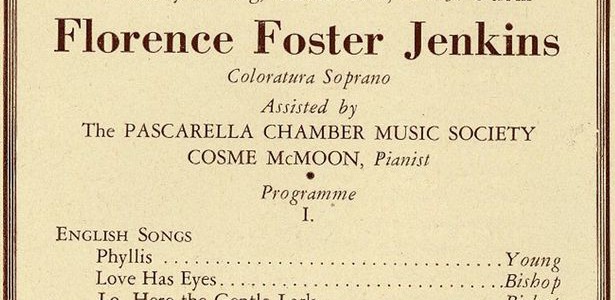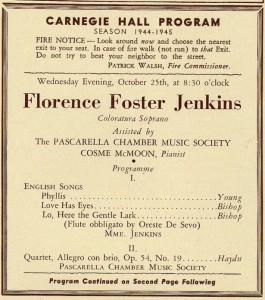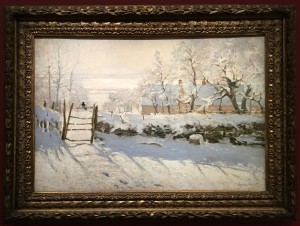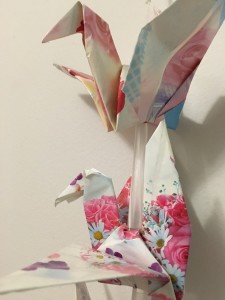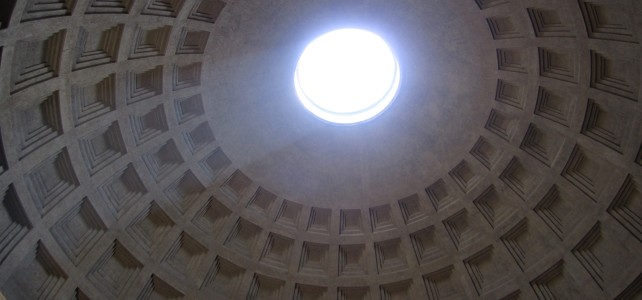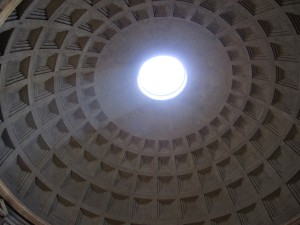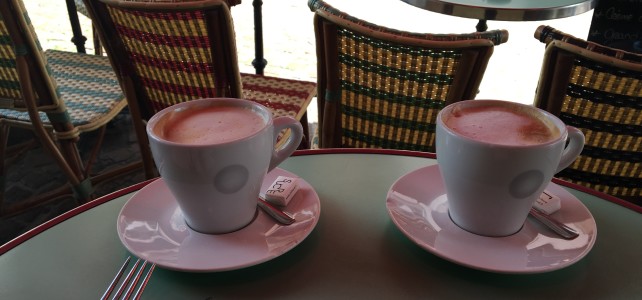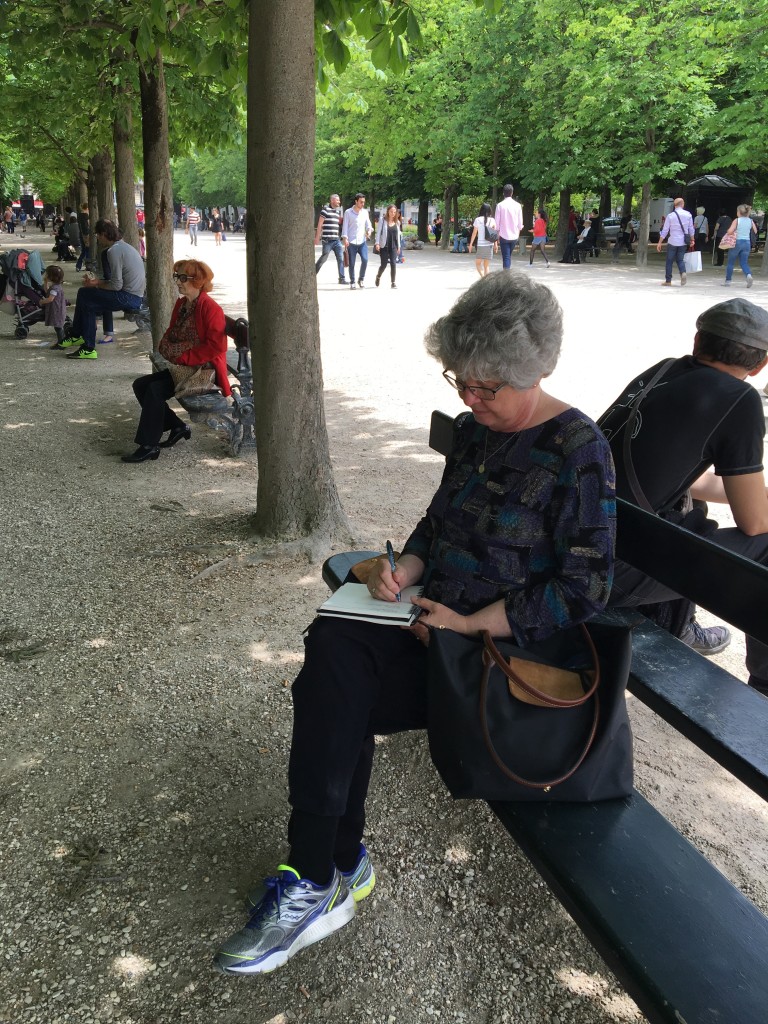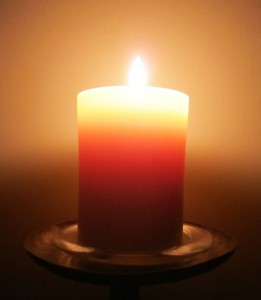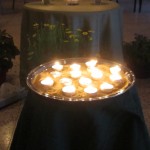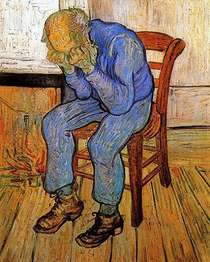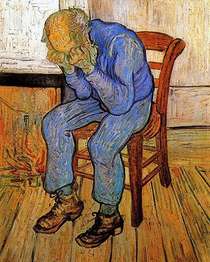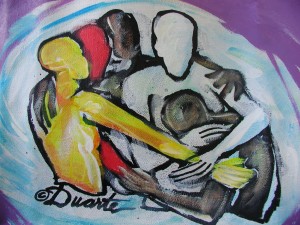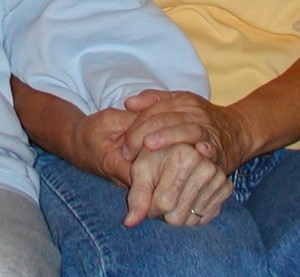
PHOTO: Mary van Balen
Originally published in The Catholic Times, January 7, 2017
I spent a nice, low-key last day of 2016. Ran a few errands. Mailed two packages. Share a leisurely lunch with a good friend who came back to my place for a few last Christmas cookies and conversation. As I write and wait for midnight, I hear one of my daughters and friend laughing in the living room, here for a few hours before heading out to a party. A nice, homey, New Year’s Eve.
I admit to looking forward to 2017 with some trepidation, more aware than usual of the uncertainties we face at home and around the world. The issues are not new, but carry an increased sense of urgency: civil rights, immigration, poverty, global warming, terrorism, war.
Over the holidays, a friend shared with me the trauma she is experiencing after returning from working on a documentary in the Holy Land. While she heard lots of talk of Bethlehem as Christmas approached, and the strains of “O Little Town of Bethlehem” filled the air, she was overcome by the suffering she witnessed in the modern occupied city of Bethlehem.
“Both Palestinians and Jewish Israelis, say, ‘There is no such thing as Post Traumatic Stress Disorder here because there is no Post, just traumatic stress disorder’,” she said.
Her experience of one small part of the world speaks to the fear and uncertainty of so many in the global “neighborhood.”
How do we move forward into this new year? As followers of the Christ, how do we bring the love and peace of God’s kingdom into the world? How do we live with hope?
Yesterday, I read the next-to-the-last-last chapter of the Rule of Saint Benedict which spoke of the “good zeal” of monastics: to show respect for the other, to seek what is better for others, to support one another, and to show patience and love. Above all, to love God.
In the face of great challenges, loving those we live with and encounter in our daily lives seems trivial. What difference can such small actions make?
In commentary following the passage from the Rule, Benedictine Joan Chittister speaks to Benedict’s insistence on listening for God’s voice in one another and in the present moment. She recounts a wisdom story from another tradition: A seeker asks the teacher how to reach Enlightenment. The answer is deceptively simple: No special time or place is required. No special way of listening or unique places to look. Being present to the moment, to the people around you, to the place where you are is what is needed. Enlightenment happens there.
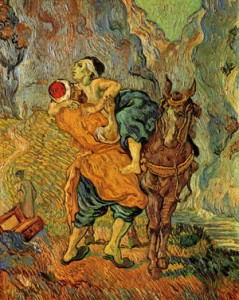
The Good Samaritan by Vincent van Gogh
Jesus in the gospels tells his followers that the Kingdom of God is now, in the moment, as well as coming. He said whatever we do for the least among us, we do for him. He invited us to live as he lived, present in the moment to his relationship with God and with neighbor. And Jesus’ parable of the Good Samaritan, clearly shows who that neighbor is—everyone.
Why is hearing God’s voice and experiencing God in the moment and in others so difficult? Why is “Practicing the Presence of God,” as the 17th century Carmelite, Brother Lawrence taught, such a challenge? Reading his work of the same title, we realize being truly present to God in ordinary life is a human struggle, not unique to our time.
The temptation is to imagine, like the seeker in Joan’s story, that God is found in extraordinary places. That to participate in transforming the world with Divine Love requires dramatic action, and that only a few exceptionally “holy ones” are called to do so.
As we enter 2017, the temptation is to be overwhelmed and think our lives too small, our actions too insignificant to make a difference. Jesus tells us “not so.” The temptation is to look to others, more powerful, more “important” to do the work. Jesus turns that upside down, too. He called poor fisherman, women, and people on the fringes of society ordinary people, not the religious or political big-wigs of his day to bring Love into the world.
And Jesus assured us that we don’t act alone. Joined with the Source of all that is, our acts of love are part of the Divine Act of Love that confronts darkness and is not overcome. Here is the hope we carry into the new year. Be present. Be aware of God-with-us right where we are. And trust in the power of the Love that flows through us to transform the world.
© 2017 Mary van Balen
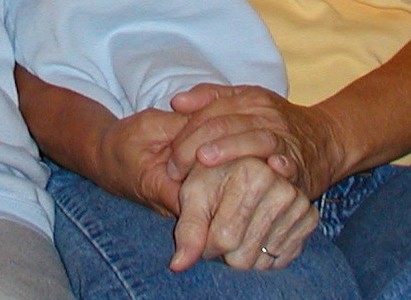
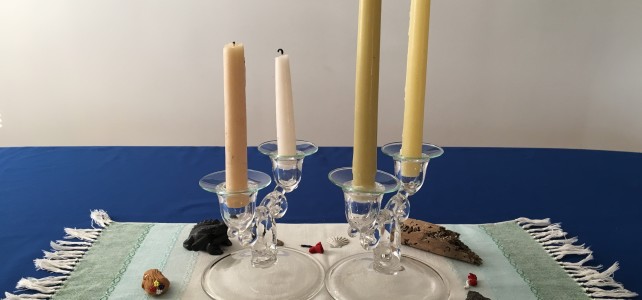
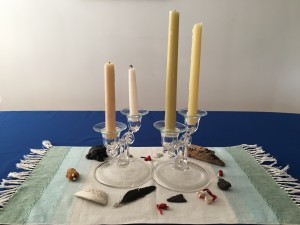
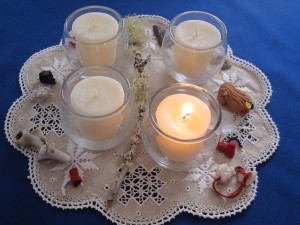
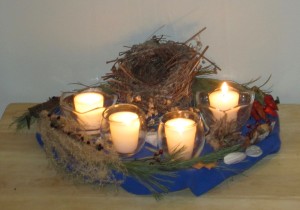
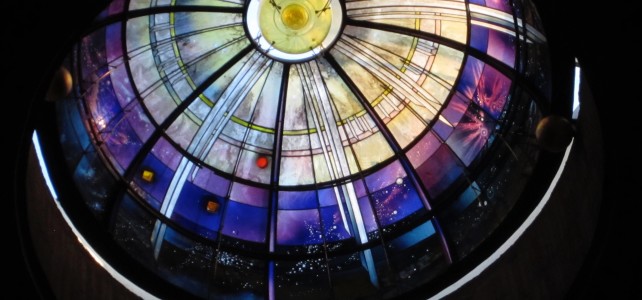
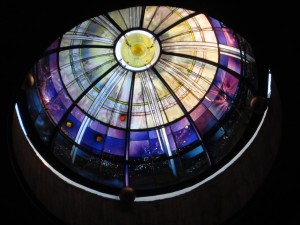 Originally published in The Catholic Times, November 12, 2016 issue
Originally published in The Catholic Times, November 12, 2016 issue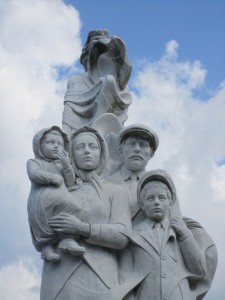
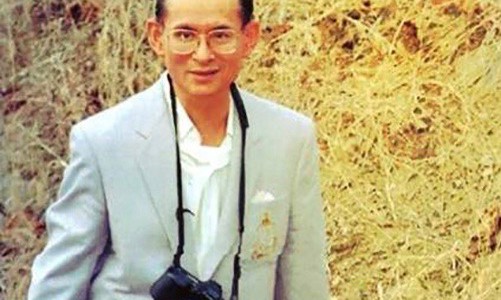
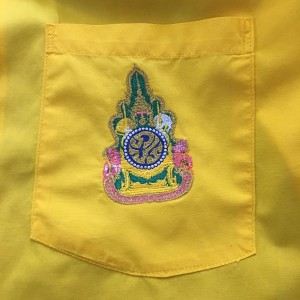 I wore my yellow “king shirt” on Friday. No one noticed, but I wore it to remember and honor the beloved King Bhumibol Adulyadej of Thailand who died the day before at the age of 88, after 70 years on the throne. Thailand has lost their king. The world has lost a good man.
I wore my yellow “king shirt” on Friday. No one noticed, but I wore it to remember and honor the beloved King Bhumibol Adulyadej of Thailand who died the day before at the age of 88, after 70 years on the throne. Thailand has lost their king. The world has lost a good man.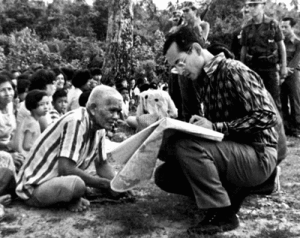
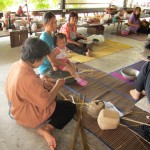
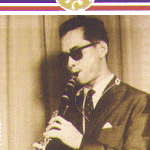 King Bhumibol was a man of many talents (a jazz musician who jammed with Benny Goodman among others, composer, designer, builder, and racer of sailboats, painter, author, and engineer) and holds patents for inventions including a water aerator and rainmaking technology. He encouraged farmers to replace crops of drug-producing poppies with more beneficial crops and oversaw thousands of rural development initiatives including small dams and irrigation projects that improved the lives of ordinary people.
King Bhumibol was a man of many talents (a jazz musician who jammed with Benny Goodman among others, composer, designer, builder, and racer of sailboats, painter, author, and engineer) and holds patents for inventions including a water aerator and rainmaking technology. He encouraged farmers to replace crops of drug-producing poppies with more beneficial crops and oversaw thousands of rural development initiatives including small dams and irrigation projects that improved the lives of ordinary people.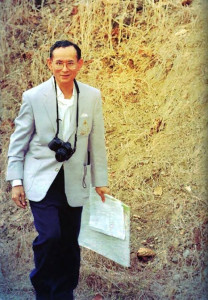 King Bhumibol received the first UNDP Human Development Lifetime Achievement Aw ard presented by then UN Secretary-General Kofi Annan for his “…extraordinary contribution to human development” through continuous efforts to help Thailand’s poor and vulnerable people. (Other awards included the Philae Medal from UNESCO, a World Health Organization plaque for leadership and example in the area of public health, and the first Dr. Norman E Borlaug Medallion from the World Food Prize Foundation for his efforts to alleviate starvation and poverty.)
King Bhumibol received the first UNDP Human Development Lifetime Achievement Aw ard presented by then UN Secretary-General Kofi Annan for his “…extraordinary contribution to human development” through continuous efforts to help Thailand’s poor and vulnerable people. (Other awards included the Philae Medal from UNESCO, a World Health Organization plaque for leadership and example in the area of public health, and the first Dr. Norman E Borlaug Medallion from the World Food Prize Foundation for his efforts to alleviate starvation and poverty.)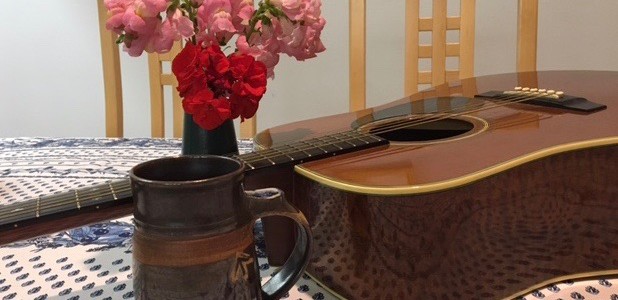
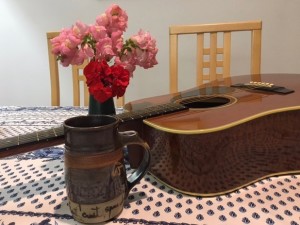 Originally published in The Catholic Times, October 16, 2016
Originally published in The Catholic Times, October 16, 2016